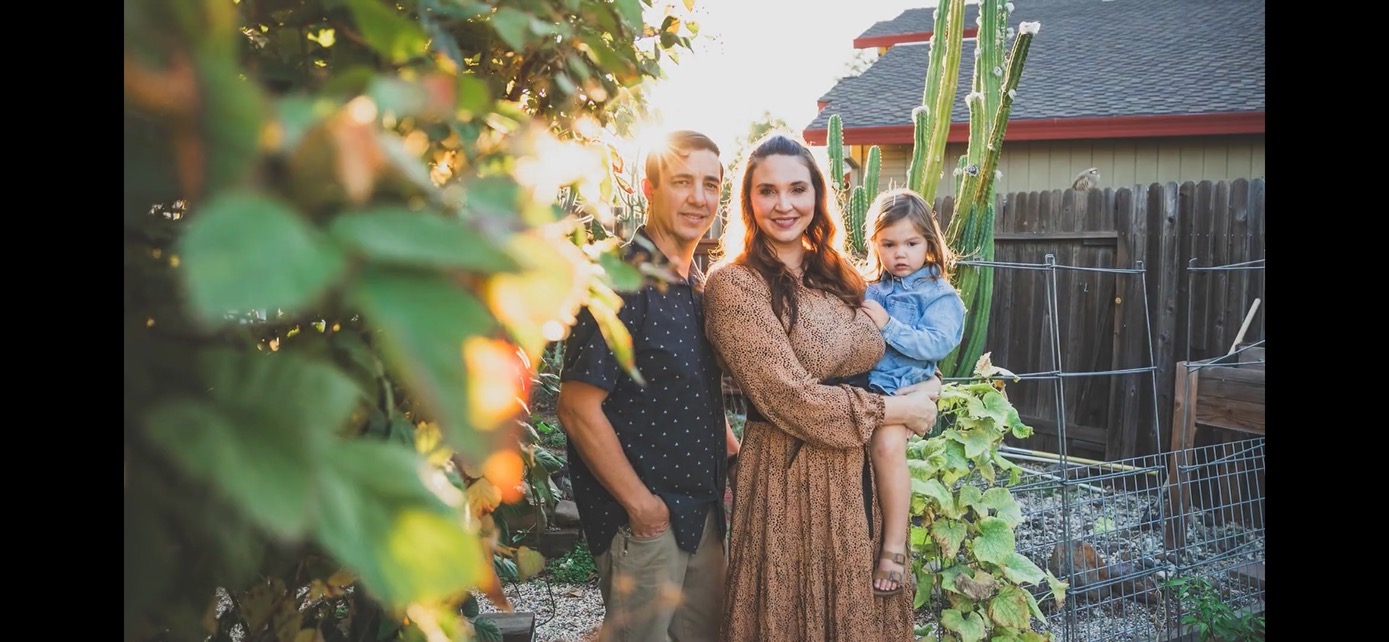Most frequently asked questions of an Interior Designer: How do you start a project? What are the questions you ask your new clients? How do you know what people want? Here is a glimpse of my process, and hopefully it will generate some inspiration for your own space.
Step One: Wants Vs. Needs
Outline the wants versus needs list. I’m surprised most when I sit down with new clients and they have yet to outline their wants and needs, nor have they discussed their ideas with anyone else permanently living in the space. There are typically bigger items on this list like new furniture, painting, stair railing, flooring, or tile work. Regardless, I like to get these items nailed down in the beginning so I know where to focus, what’s most important, and what items may just need to be refurbished versus replaced. This also invites people to consider moving existing items around to help make each space more functional. It can be challenging for many people to see past their current set up but by doing this I can potentially help save money.
Step Two: Find your Joy
The most important question I ask to clients is what in this space currently brings you happiness or joy? Some people have a sentimental item or two they would like to incorporate, while others choose a color. As a designer, I like to think of myself as a mix master, pulling colors, styles, and textures all together so the occupants still have a sense of love when entering their home. Does this mean that every item is going to specifically fit into one theme or a singular style? No. I once heard a great quote from a fellow designer “A home should feel loved not staged”, I fully believe this, as well as making the space functional.
Step Three: Budget.
Ideally, I like clients to give me an idea of what they want to spend. Sometimes, I need to have a “Come to Jesus” moment with clients about how much it might cost to create the space of their dreams. I’m not saying you have to spend tons of money to have a welcoming home, but it can add up quicker than most people realize. The design has many layers and all the images people fall in love with on design shows or via social media have various layers of items that help shape the space. For example, a simple entry hall space lift can have new paint, a wall covering or wall treatment like board and batten (sometimes both), new flooring, rug, furniture, areas to hang belongings, art, and accessories. If you want a highly curated look, that is completely feasible, but keep in mind it takes various layers that really help pull the space together. It’s also a longer process these days than most people would like to admit. The pandemic has brought so many other issues with shipping delays and lead times that if there is something you fall in love with I always say it’s worth the wait. Repurposing items is a fantastic way to make your money stretch. I always embrace this as a design challenge and relish making something outdated look chic.
Step Four: Inspiration
For me, this happens outside of the home, but it’s a way for me to channel my client’s projects, desires, and design styles. Some people know what they want and can express that to me in an effective manner, others don’t. I like to get in my creative space. I look through catalogs, Pinterest, and go out in nature to find inspiration. I collect items and pull them together in a mood board to get in the right mindset of a project. Sometimes I pull together found objects and other times it’s a digital inspiration board. I have a few examples below, but this is really for me to help set the tone so when I begin sourcing or drawing I have a visual inspiration to go back to in order for me to keep my focus.
All of these steps help me pull together a project while working with the client. Design is a process and it’s very personal. Design can embody certain emotions and set the tone for someone’s lifestyle. It’s critical to listen to your client, even if it’s not always what you are hoping for, sometimes those specific needs or wants can be the best part of a finished project.
Dream, Design, and Redefine,
Niki
A great example of a sentimental item the client wanted to refurbish instead of replacing. We painted the frame (Kelly Moore Black Cat) and then added a kid/pet-friendly fabric to the seat.
Photo courtesy of Milliken Design Studio, LLC.
Tactile Mood Board, this specific board was to see all the colors and material next to one another, when tones complement each other I can see it.
Photo courtesy of Milliken Design Studio, LLC.
Tactile Mood Board, mixing metals and industrial elements was not a part of this project but it was an exercise for me to get inspired.
Photo courtesy of Milliken Design Studio, LLC.
Digital Mood Board, after I met with the client I had several ideas swirling in my mind, I needed to get it out on paper to help finalize the direction of the project.
Photo courtesy of Milliken Design Studio, LLC.


